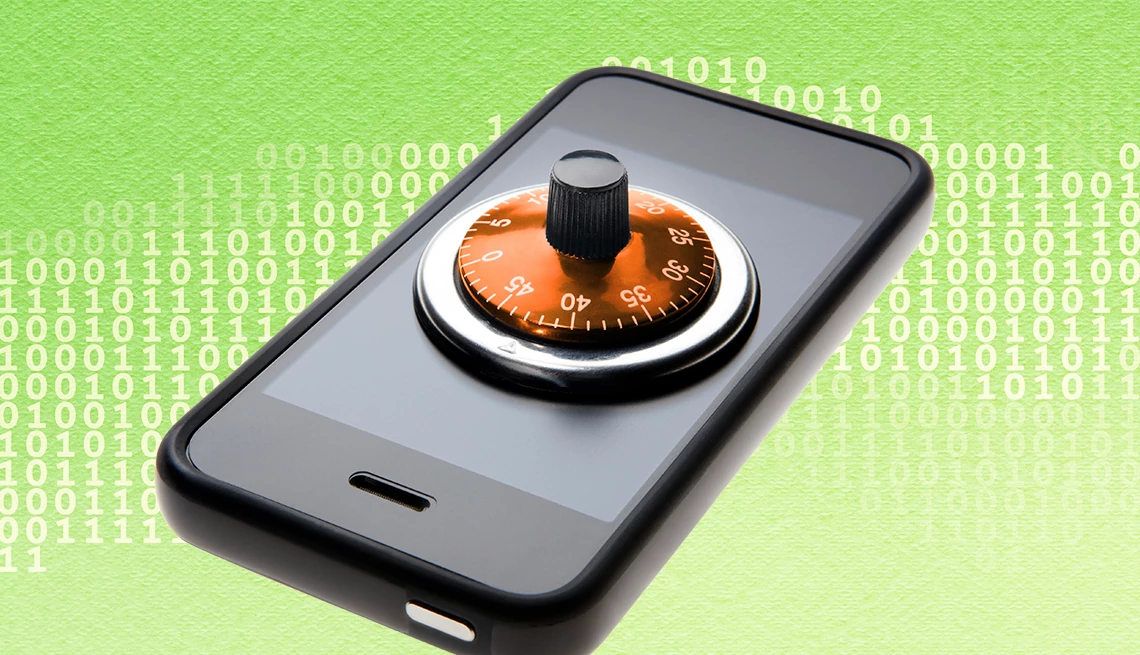AARP Hearing Center


The number of publicly reported data breaches, exposures and leaks increased by 78 percent in 2023 — a leap not altogether expected because of a slight decrease in cases from 2021 to 2022, according to a report from the nonprofit Identity Theft Resource Center in El Cajon, California.
If your personally identifiable information such as name, address, account numbers, email addresses, health data, login information, Medicare ID, passport numbers, passwords, Social Security number or telephone number was among the more than 350 million records that were copied, inadvertently exposed or even ransomed, taking immediate steps to prevent identity theft is paramount.
Having your name and address on the dark web might not be much of a problem by itself; that information used to be publicly available in the phonebook. But when scammers can match data with other pieces of information from your life, the risk increases that they could impersonate you elsewhere or target you personally for fraud.
Password security
• How to build a better password
• Members Only: Frustrations
• Using a password manager
• The future of logging in
• Data safety habits to cultivate
Artificial intelligence (AI) helps that linking happen more quickly. Some people last year had data stolen two or more times. The number of people living in the U.S. is less than 340 million, the Census Bureau says.
Even if you’ve managed to slip under the radar of the worldwide web of hackers, you should make a vow to create stronger, more secure passwords to keep your data safe. After you’ve altered your scores of passwords to be lengthy and unique, you’ll still have to take steps to make cybersafety second nature.
1. Know how to lock your docs
If you’re used to writing passwords on sticky notes, you’re not alone. Nearly half of Americans age 50 to 64 say they “always,” “almost always” or “often” write down their passwords, a practice that makes security experts cringe, according to a Pew Research Center survey in October 2023. That percentage jumps to nearly two-thirds of respondents 65 and older.
Rather than writing passwords on a sticky note, some people keep a list of passwords on their computer in a spreadsheet, word processing document or notes app. If you do, encrypt or lock the file.
Here’s how:
- On a Windows PC in an open Microsoft Word document, click File | Info | Protect Document | Encrypt with Password. Then create a password.
- On a Mac with an open Word document, click on Review | Protect Document in the ribbon atop the story. You can set a password to open or modify the document or both. Hit OK.































































More From AARP
What to Do If You've Just Been Scammed
How one woman worked quickly — with help — to avoid being charged through PayPal
Physical Security Keys Can Offer Extra Protection from Scammers
The pros and cons of using hardware keys to secure your digital lifeWhat I Did When Hackers Attacked Me
How Rob Tannenbaum survived an onslaught on his accounts by cyberthievesRecommended for You